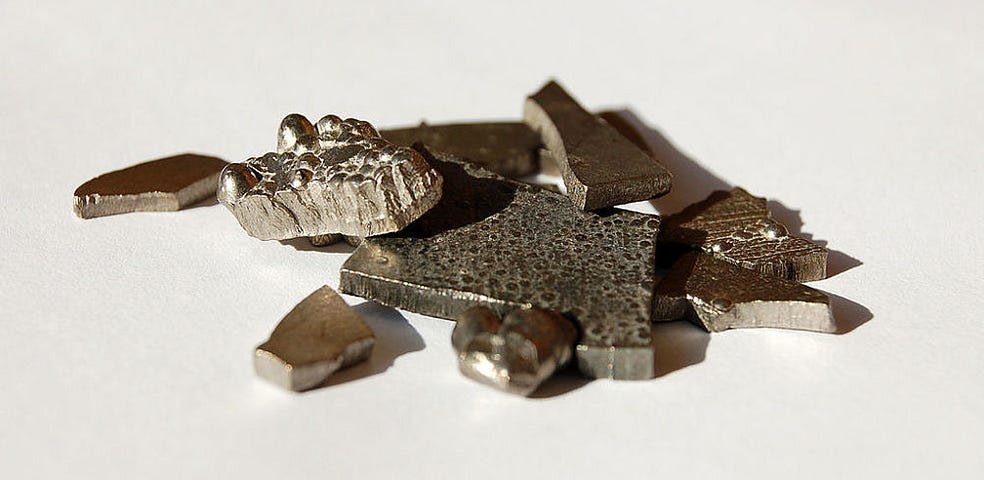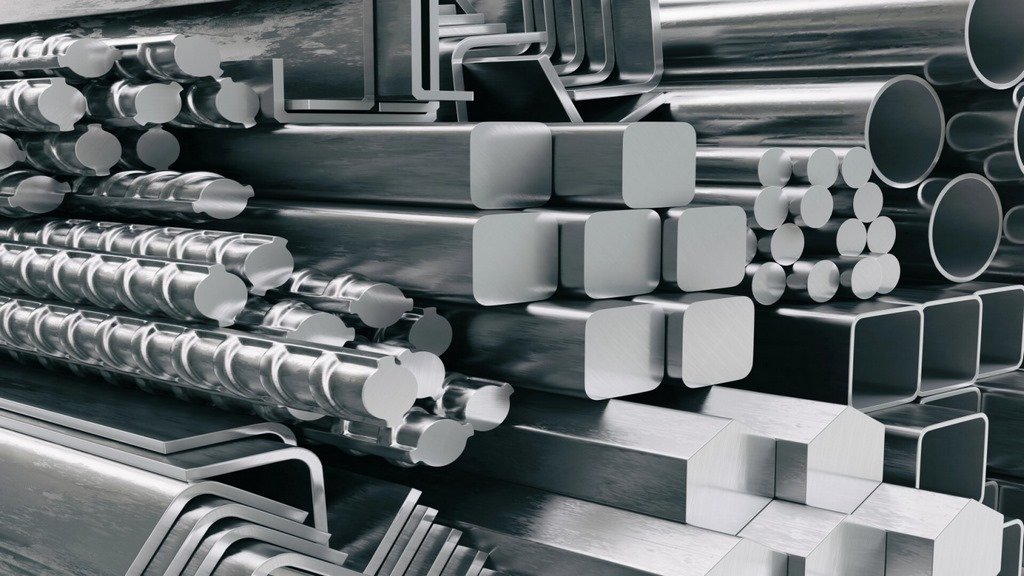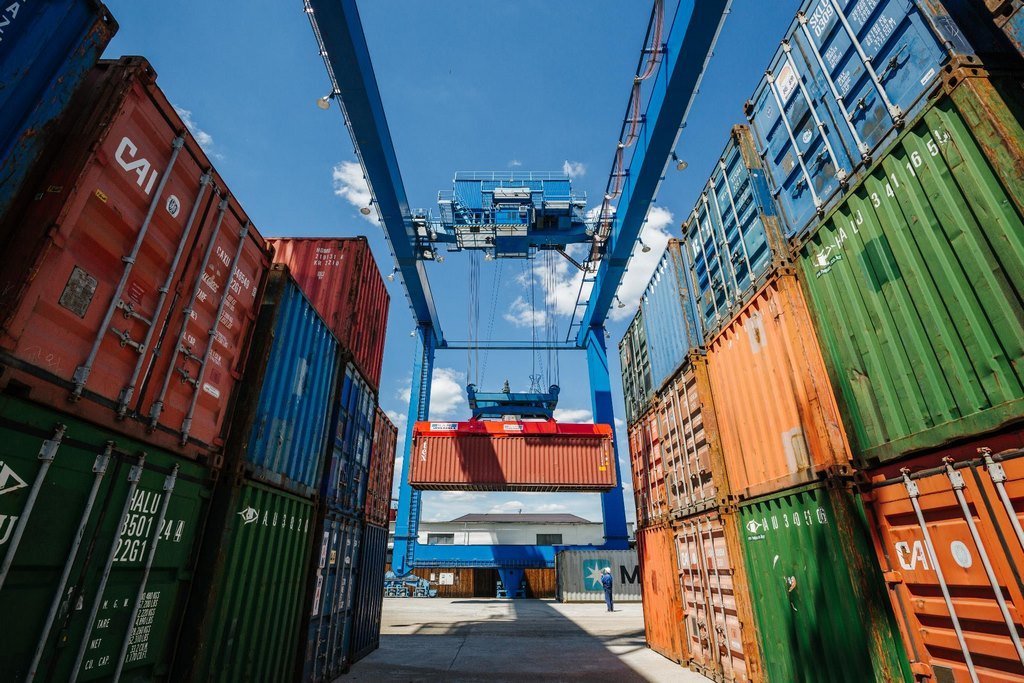The volatility of global commodity markets, rising transportation costs, and geopolitical risks have all contributed to unpredictable pricing in the industrial metals sourcing and procurement sector. Whether you’re buying copper for electrical grids, aluminum for aerospace components, or steel for heavy machinery, optimizing how you procure these metals can directly impact your margins and supply chain resilience.
Why Cost-Effective Metal Procurement Matters More Than Ever
Successful procurement teams today are not just buyers—they are strategic partners who leverage data, contracts, and supplier relationships to reduce cost, mitigate risks, and secure long-term value. Keep up with Steelbridge Export.
Strategy 1: Leverage Data-Driven Supplier Selection
The first pillar of cost-effective metal procurement is choosing the right suppliers—not just based on price, but based on value. Advanced procurement now involves supplier intelligence, including:
Historical performance metrics (on-time delivery, quality rejections, pricing consistency)
Financial stability and geopolitical risk (e.g., sourcing from politically stable countries)
ESG ratings and compliance (increasingly relevant for investors and clients)
Metal purity levels and technical documentation (e.g., ASTM standards, mill certificates)
Tools such as digital procurement platforms, AI-driven sourcing software, and supplier scoring models help companies analyze multiple parameters at once.
Key Tip: Maintain an updated supplier database that ranks each partner not just by price, but by reliability, lead time, and compliance readiness.

Strategy 2: Adopt Flexible & Strategic Contracting Models
Metal prices are highly susceptible to market cycles and external shocks—from tariffs and mining disruptions to oil price swings. That’s why a smart procurement strategy avoids “locked-in” pricing without leverage.
Here are some contracting models that can significantly improve cost-efficiency in industrial metals sourcing and procurement:
Index-Based Contracts: Tied to LME (London Metal Exchange) or COMEX pricing, these allow you to benefit from transparency and avoid speculative premiums.
Volume Commitments with Price Bands: Agreeing to buy set quantities at pre-defined price ranges provides cost certainty without inflexibility.
Toll Processing Agreements: Source raw ore and pay for refining separately—common in nickel and copper trade.
Vendor-Managed Inventory (VMI): Suppliers store metal close to your site and replenish as needed, reducing warehousing and holding costs.
In all cases, contract clauses should allow renegotiation during extreme volatility and require suppliers to disclose cost breakdowns (materials, freight, processing, etc.).
Strategy 3: Optimize Logistics & Customs for Metals Procurement
Logistics and customs account for up to 15–20% of total procurement cost in the industrial metals sector—especially when shipping heavy or hazardous materials across multiple borders.
Cost-effective procurement includes:
A. Smart Sourcing by Region
Choose regional suppliers when possible. For example:
Middle East and Asia: Competitive for aluminum and stainless steel due to energy subsidies
Eastern Europe and Turkey: Ideal for semi-finished steel products and tubes with fast EU access
South America: Growing as a supplier of specialty copper and zinc
B. Consolidated Shipping
Combine orders from multiple buyers in your consortium or industrial group to leverage bulk shipping discounts. Work with freight forwarders who specialize in industrial metals sourcing and procurement.
C. Customs Efficiency
Delays and penalties at customs can destroy cost-efficiency. Ensure:
Accurate HS codes and certificates of origin
Proper documentation (e.g., inspection reports, REACH/ROHS declarations)
Incoterms selection that minimizes buyer-side risk (e.g., choosing DDP vs. CIF when advantageous)
Use customs brokers with experience in your commodity. For example, importing copper scrap may trigger entirely different controls compared to aluminum billets.
Bonus Tip: Use Hedging and Financial Instruments
Large-scale buyers often protect against price volatility with tools like:
Futures and options on the LME
Forward contracts with fixed-price suppliers
Price caps embedded in long-term supply agreements
These financial tools act as insurance, allowing budgeting certainty even when commodity prices fluctuate dramatically.

Emerging Trends in Metals Procurement
Stay ahead by watching the following trends:
Blockchain traceability: Verifying the source and purity of metals in seconds
Green procurement: Sourcing low-carbon steel or recycled aluminum
Circular economy sourcing: Working with suppliers who refurbish and recycle industrial metal scrap
Supplier diversification: Avoiding over-reliance on China or Russia in light of global tensions
The companies that embrace innovation in industrial metals sourcing and procurement will see improved risk mitigation, better prices, and more sustainable growth.
Final Thoughts: Procurement Is a Profit Center, Not a Cost Center
In a competitive, resource-constrained global economy, companies can no longer afford old-school procurement methods. Instead, they must treat industrial metals sourcing and procurement as a high-value strategic function that uses market data, smart contracts, and logistics insights to unlock savings and ensure continuity.
Implementing the three strategies above—data-driven sourcing, flexible contracting, and logistics optimization—can provide measurable cost savings and long-term procurement resilience.
source: industrialmetalsupply
❓ Meta Questions and Answers
1. What is the biggest cost in industrial metal procurement?
Aside from raw material cost, logistics, customs duties, and poor supplier performance often cause hidden losses.
2. How do index-based contracts help in metals procurement?
They link your metal pricing to market indexes like LME, reducing the risk of supplier markups or speculative pricing.
3. What makes a metal supplier “reliable”?
A reliable supplier provides consistent quality, traceable sourcing, timely delivery, and clear documentation.
4. Why are Incoterms important in metal procurement?
Incoterms define who bears the cost and risk at each point of the shipping process, crucial for minimizing disputes and delays.
5. Can financial hedging reduce procurement costs?
Yes. Hedging with futures or forward contracts protects against price spikes and helps companies budget with confidence.








